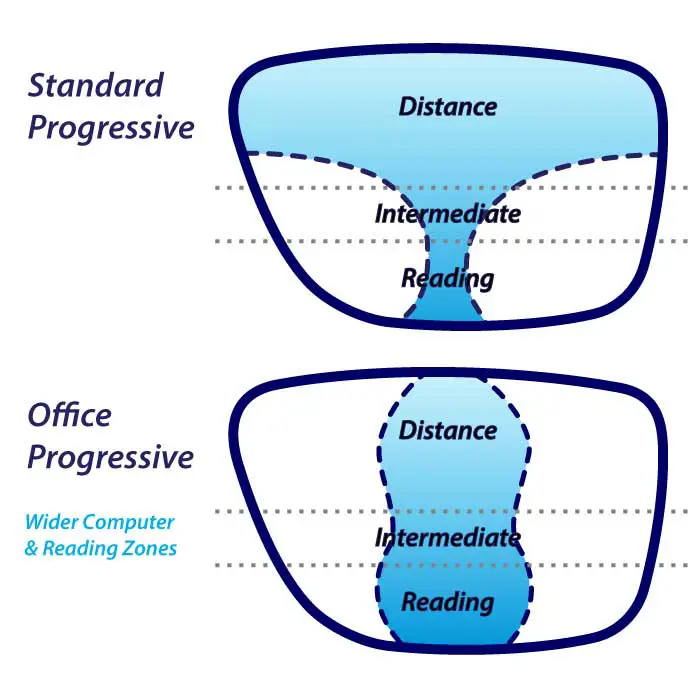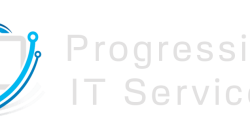With progressive computer at the forefront, the landscape of translation is undergoing a remarkable transformation. As globalization continues to bridge cultures and connect individuals, the role of translation has become more crucial than ever. This fascinating journey through the history, types, and future of translation highlights how technology and human creativity merge to enhance communication across languages.
The exploration of various translation methods reveals the significance of linguistic precision, cultural understanding, and the evolving challenges that translators face. From literary to technical translations, each type serves a unique purpose, demonstrating the broad spectrum of this essential skill.
In today’s fast-paced world, where technology is evolving at an unprecedented rate, the importance of effective communication cannot be overstated. Whether it is in a personal context or in the business realm, clear communication can make or break relationships, influence decisions, and drive success. As such, honing one’s communication skills is essential for anyone looking to thrive in any aspect of life.To begin with, communication is fundamentally about conveying ideas and emotions.
It encompasses various forms, including verbal, non-verbal, written, and visual communication. Each of these forms plays a critical role in how messages are perceived and understood by others. For instance, verbal communication involves the spoken word, where tone, pitch, and clarity can significantly impact the message being delivered. Non-verbal communication, on the other hand, includes body language, facial expressions, and gestures, which often convey more than words themselves.In professional settings, strong verbal communication skills are vital during meetings, presentations, and discussions.
It is important to express thoughts logically and persuasively, as well as to listen actively to the contributions of others. Active listening means engaging with the speaker, asking clarifying questions, and paraphrasing what has been said to ensure comprehension. This two-way interaction fosters a collaborative atmosphere, leading to more productive conversations and outcomes.Moreover, written communication is equally important in the business world.
Emails, reports, and proposals are often the primary means through which information is shared. Therefore, being able to write clearly and concisely is essential. A well-structured email, for instance, can convey professionalism and clarity. It is advisable to use straightforward language, avoid jargon where possible, and ensure that the main points are easily identifiable. Additionally, proofreading written materials can help catch errors that might detract from the message’s effectiveness.Visual communication has gained traction in recent years, especially with the rise of digital platforms.
Infographics, charts, and videos can enhance understanding and engagement. Incorporating visual elements can make complex information more digestible and appealing. When creating visual content, it is essential to align it with the accompanying text to ensure coherence. This alignment helps to reinforce the message rather than create confusion.While mastering these communication forms is crucial, developing emotional intelligence is equally vital.
Emotional intelligence involves recognizing and managing one’s own emotions, as well as understanding the emotions of others. This understanding fosters empathy, which is a key component of effective communication. By being attuned to the feelings of others, individuals can tailor their messages to resonate better. Furthermore, handling conflicts with emotional intelligence can lead to more constructive resolutions and stronger relationships.In addition to these skills, cultural awareness plays a significant role in communication, especially in our increasingly globalized world.
Different cultures have various communication styles, norms, and values that can influence interactions. Being culturally aware can help avoid misunderstandings and foster respect among diverse groups. It is essential to approach cross-cultural communication with an open mind and a willingness to learn from others.Furthermore, technology has transformed the way we communicate. With tools like instant messaging, video conferencing, and social media, staying connected has never been easier.
However, it is crucial to recognize the limitations of technology. Misinterpretations can occur more frequently in written digital communication, as tone and context can often be lost. Therefore, when using technology to communicate, it is advisable to be as clear as possible and, when necessary, to follow up with a phone call or meeting to clarify any misunderstandings.An often-overlooked aspect of communication is feedback.
Giving and receiving feedback is an integral part of the communication process, particularly in professional environments. Constructive feedback can provide valuable insights and promote growth. When giving feedback, it is essential to be specific, focus on behaviors rather than personal attributes, and offer suggestions for improvement. Conversely, receiving feedback should be approached with an open mind and a willingness to learn, as it can lead to personal and professional development.As we navigate through various communication scenarios, it is important to remain adaptable.
Different situations may require different communication styles and techniques. For example, while a formal presentation may necessitate a professional tone and structure, a casual conversation may allow for a more relaxed approach. Being able to switch between styles seamlessly can enhance one’s effectiveness as a communicator.Ultimately, effective communication is a lifelong journey. It requires continuous learning, practice, and self-reflection. Setting personal goals for improving communication skills, seeking feedback from others, and actively participating in discussions can help facilitate this growth.
Additionally, reading books on communication, participating in workshops, and even watching TED talks can provide useful insights and strategies.To sum it up, effective communication is a multifaceted skill that encompasses verbal, non-verbal, written, and visual elements. It is bolstered by emotional intelligence and cultural awareness, and it is essential to be adaptable in various contexts. By honing these skills, individuals can enhance their personal and professional relationships, contributing to their overall success.
So, whether you’re in a meeting, sending an email, or chatting with friends, remember the power of effective communication—it truly can change the course of your interactions in meaningful ways.

FAQ Insights: Progressive Computer
What is a progressive computer in translation?
A progressive computer refers to advanced technology that enhances translation processes through tools like AI and machine learning.
Why is cultural understanding important in translation?

Cultural understanding ensures that translations are contextually appropriate and resonate with the target audience, avoiding misunderstandings.
How do translators maintain tone and style?

Translators maintain tone and style by thoroughly understanding the source material and adapting language choices to reflect the original’s voice.
What tools can help improve translation accuracy?
Tools like translation software, online glossaries, and community forums can significantly enhance translation accuracy and efficiency.
What future trends are expected in the translation industry?
Emerging trends include increased reliance on AI, more demand for real-time translation services, and greater integration of cultural nuances in machine-generated translations.









